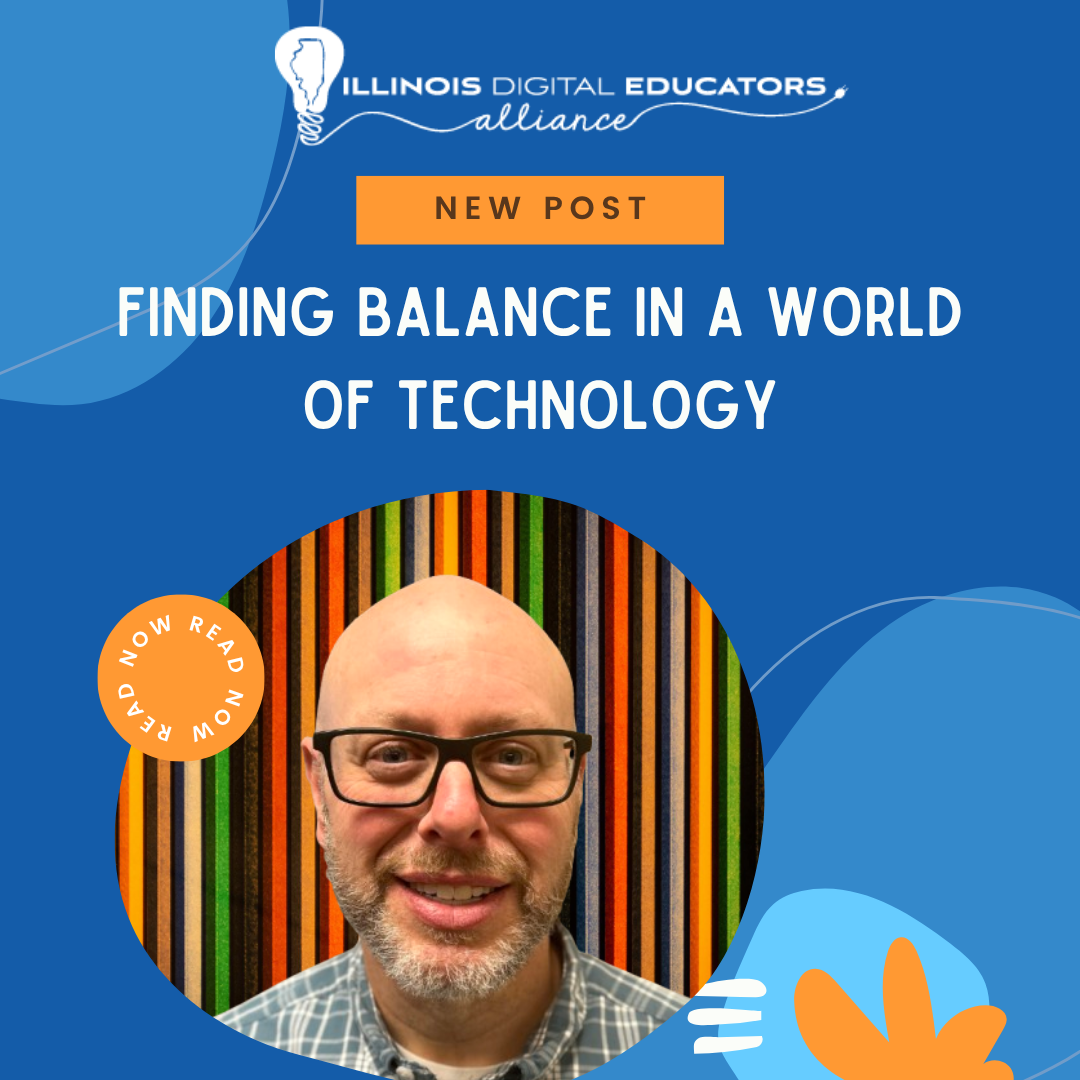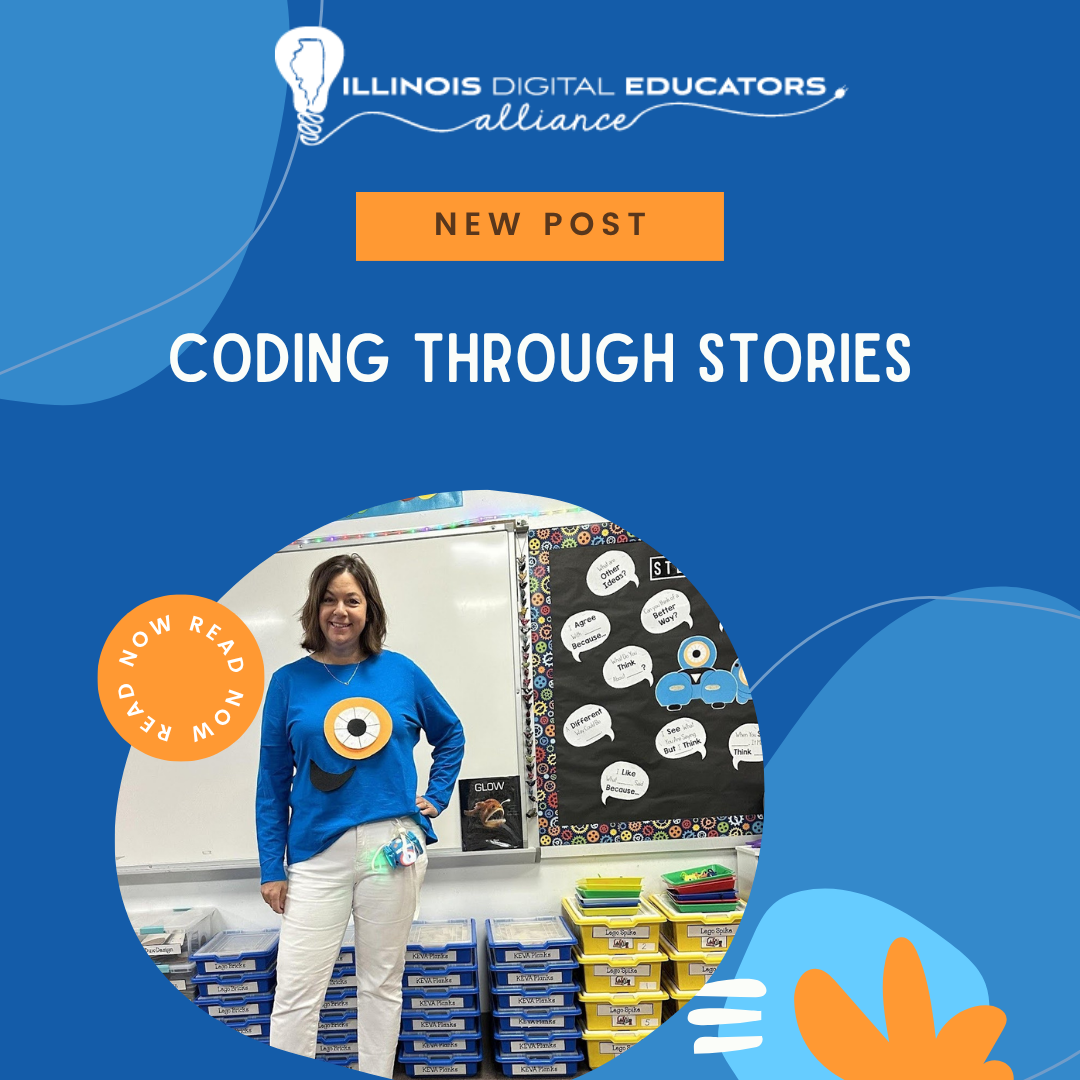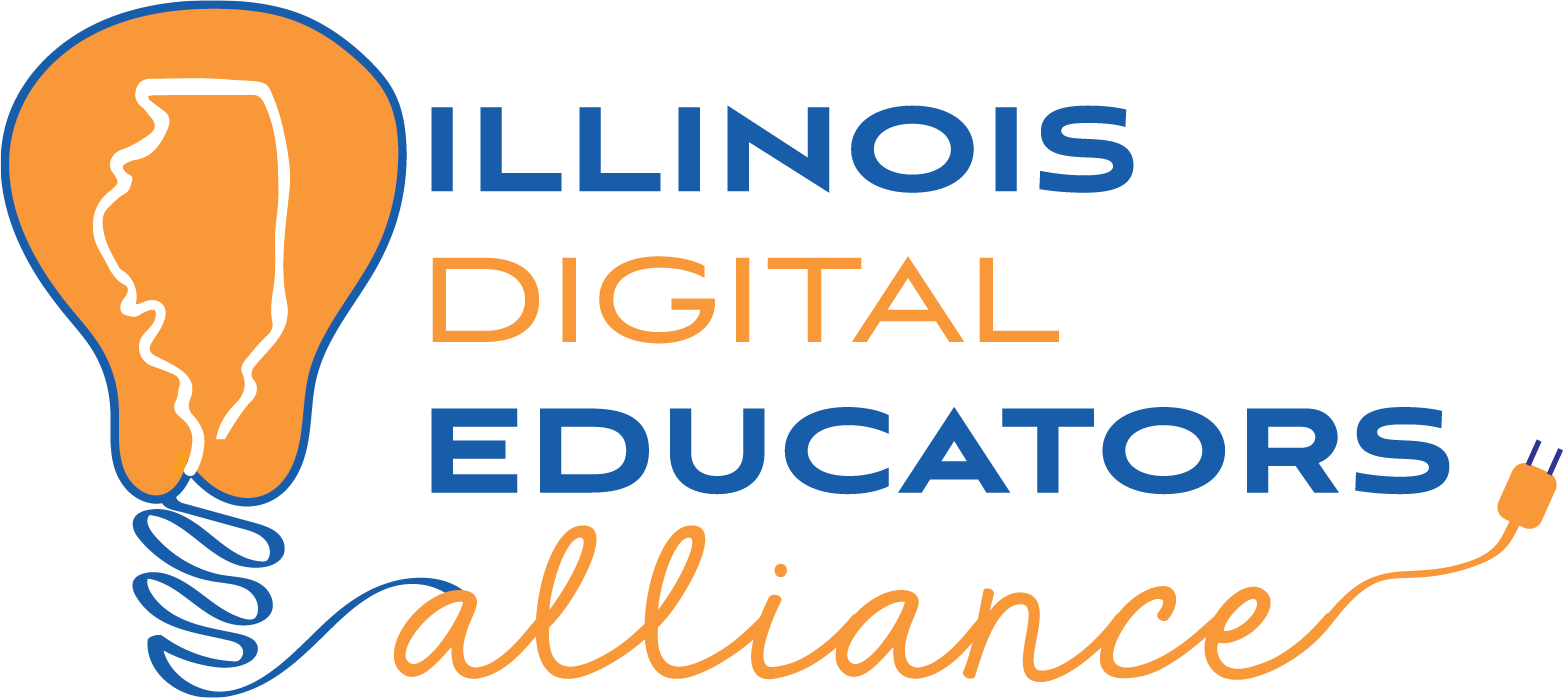Presenting at Conferences: Why you should present at IDEAcon
We sat down with two past IDEAcon presenters for their perspectives on the experience of presenting at a conference like IDEAcon. Would they present again? Keep reading to find out!
There are
many reasons why educators should attend a conference – to learn, find inspiration, and connect with others.
And that is just a handful of the reasons!
Those
benefits can be multiplied, though, when you not only attend a conference, but
attend as a presenter!
Fun fact: Did you know that our
brains learn information best
when we know we’ll need to teach it later?
That means when you present and teach others, you are bettering yourself, too!

Don’t just take our word for it. We spoke with two past IDEAcon presenters about their experiences with the process.
Meet
Matthew Tombs (IDEA member since 2015) and
Abigail Kime
(IDEA members since 2014).

Matthew is the Director of Innovation and Technology for River Trails School District 26 in Mount Prospect. He first presented at IDEAcon in 2017.

Abigail is the Director of Instructional Technology at a private high school. She first presented at IDEAcon in 2020.
See how they got involved and why.
Presenting at conferences leads to more connections
Abigail submitted a proposal to present at IDEAcon after she completed her ISTE Certification with IDEA.
“One of the (ISTE) standards for educators is to actively participate in a local or global digital network. What better way to participate in my local network than to present at IDEAcon?” said Abigail.
Her first presentation was about planning for remote learning days.
“My school had just completed a plan to continue instruction on days when our building had to close due to inclement weather,” she said. “We had no idea the lockdown would occur a few weeks later.”
For Abigail,
presenting at IDEAcon has helped her expand her PLN in ways she hadn’t before as an attendee alone.
“In my experience, presenting has led to more connections with educators than experiencing the conference as an attendee,” she said.
Building a professional learning network was one of the main reasons Matthew decided to submit a proposal to present at IDEAcon in 2017.
“I had just finished my first year as a Digital Learning Coach, and I believed strongly in sharing the work that we were doing in my district with the larger educational technology community,” he said. “I also wanted to build my PLN with other people in my field.”
Amplify your learning (and others, too!)
We all know you can learn a LOT at a conference.
And presenting allows you to learn on an entirely new level.
“I also love learning from all of the participants/attendees who have attended my presentation sessions,” said Matthew.
Beyond your own learning, IDEAcon provides you with an opportunity to share your knowledge and skills to help other districts and classrooms all over the Midwest.
“I think that everyone should take the opportunity to present at IDEAcon - it allows you to showcase your skills in the field and for others to learn from the amazing things you are doing,” said Matthew.
Why YOU should present at IDEAcon, too!
Both Abigail and Matthew have presented at IDEAcon multiple times.
The reason why?
“Presenting at IDEAcon is great!” says Abigail. “It’s a very welcoming and collaborative environment.”
And Matthew loves it so much that he has zero doubt he will present again in the future.
“I will ABSOLUTELY present again!” he says. “I strongly believe that everyone has their own skill set and unique abilities that others should hear about and learn from.”
What are you waiting for? Submit a proposal today!
You know you have ideas and skills to share. Help other districts learn from your experiences by presenting at IDEAcon!
The IDEAcon Conference Committee, IDEA Governing Board, and IDEA Team will blindly review all proposals and make selections on Selection Saturday in early September.
Selected presenters will be notified in September.
And if you are selected,
you’ll get free admission to IDEAcon on your presentation day!
Learn more about the process
here.
Share with us!
What topic do you want to present on at IDEAcon?
Tell us by sharing on social media! Tag us @ideaillinois
and use #IDEAcon!
The blog was originally posted on June 21, 2022.




